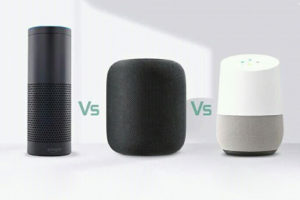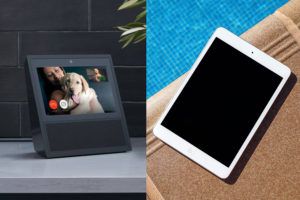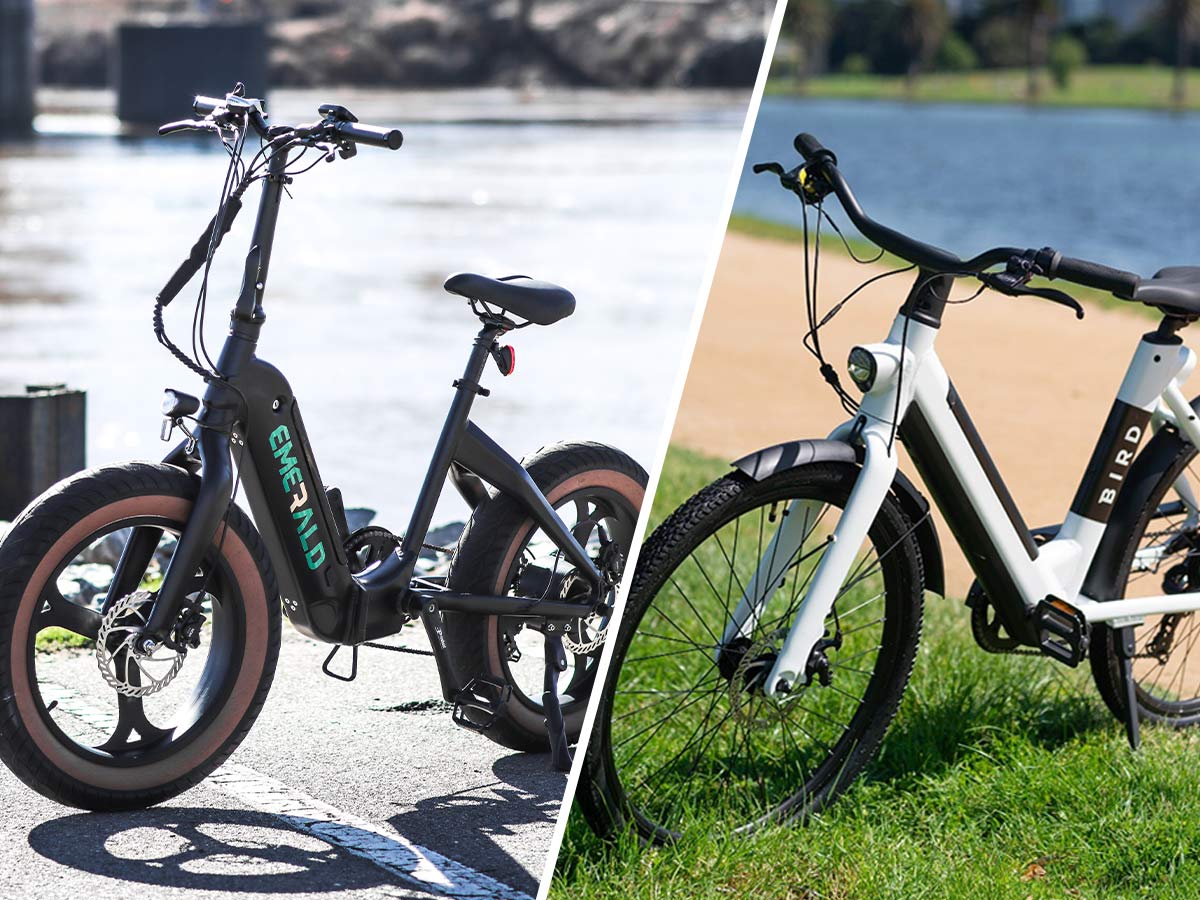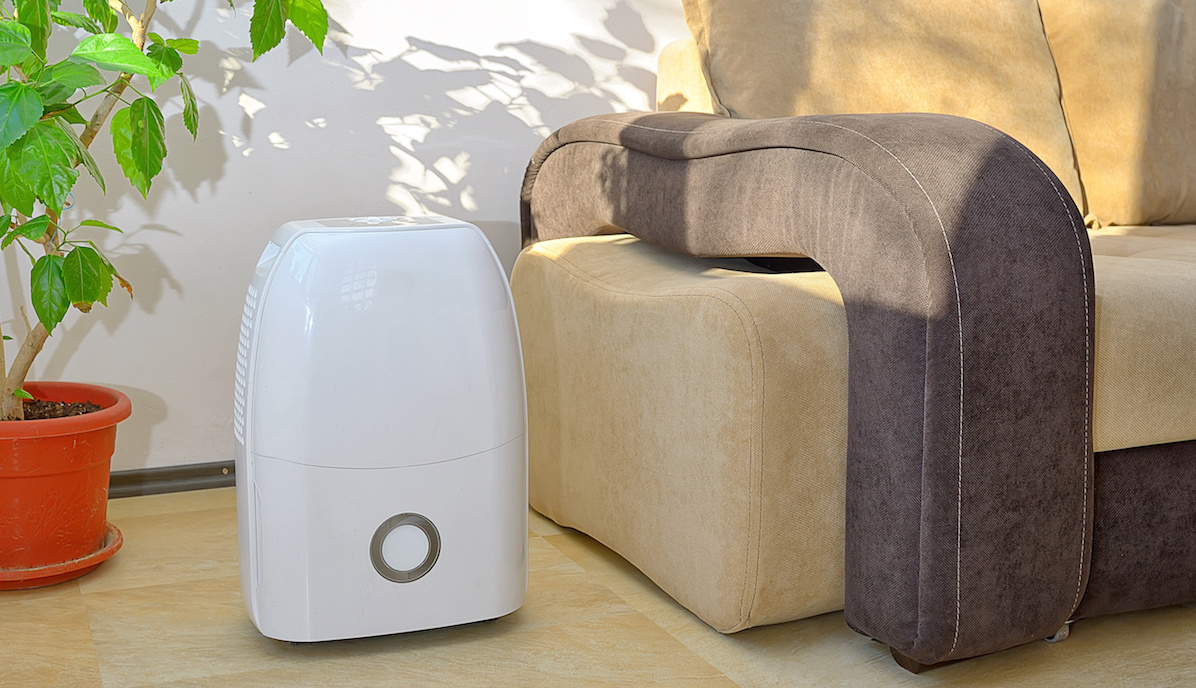Five Best Smart Home Devices
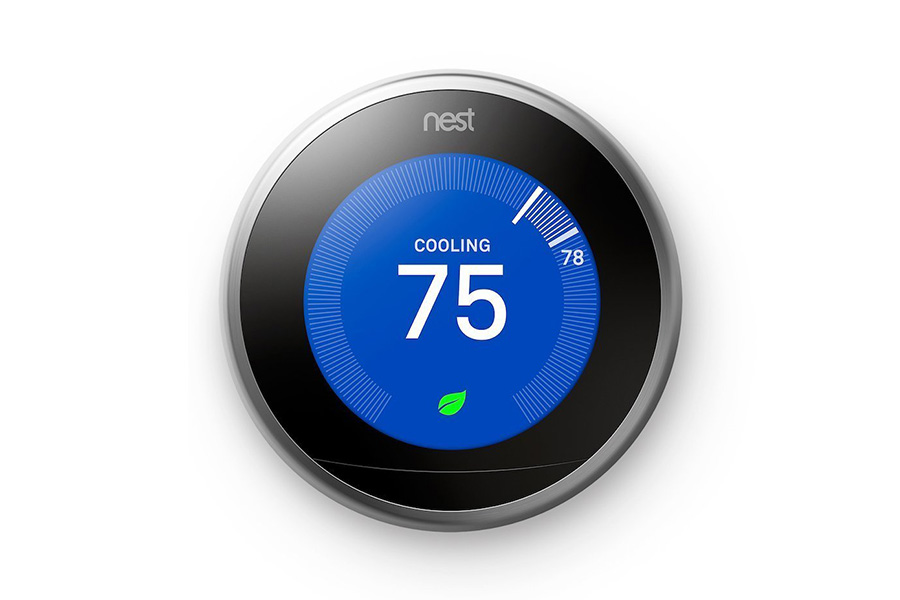
Smartphones have revolutionized the way we go about our lives. It’s a lot easier to use Google Maps than it is print something off of MapQuest. And both of those are easier than buying an atlas at a gas station and trying not to run off the road while you figure out which page you need to turn to after you cross the county line. Smart home devices aim to take that same revolutionary convenience and apply it to your everyday life. Not every “smart” appliance is a winner. But when they work, the results can be amazing.
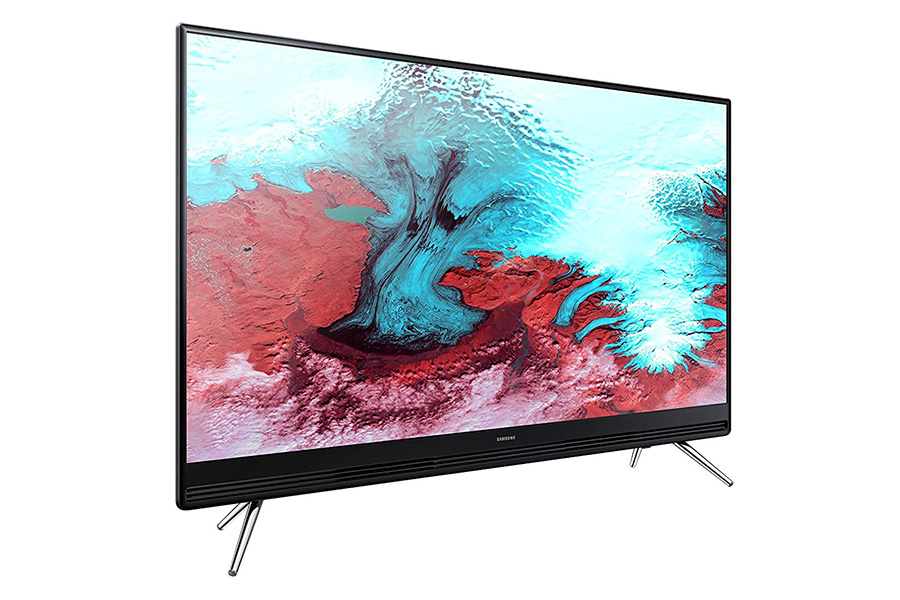 Television
Television
Smart TVs can change the way you watch television – especially if you’re stuck on cable and want an escape. Most smart TVs give you access to any streaming service you want, without needing a separate device like Chromecast or a Roku. You can watch Hulu, Netflix, Amazon Video, and more. There’s never been a better time to be a cable cutter.
One of the best features of a Smart TV is the ability to search for a particular show or movie independent of the streaming services. Your TV will tell you where you can watch it and how much it costs.
Another huge benefit of a Smart TV is that many of them let you broadcast from your smartphone to your TV. If you want to watch a YouTube video on the big screen, that’s an option. It’s especially easy if you have compatible brands, like if your phone and your television are both Samsung.
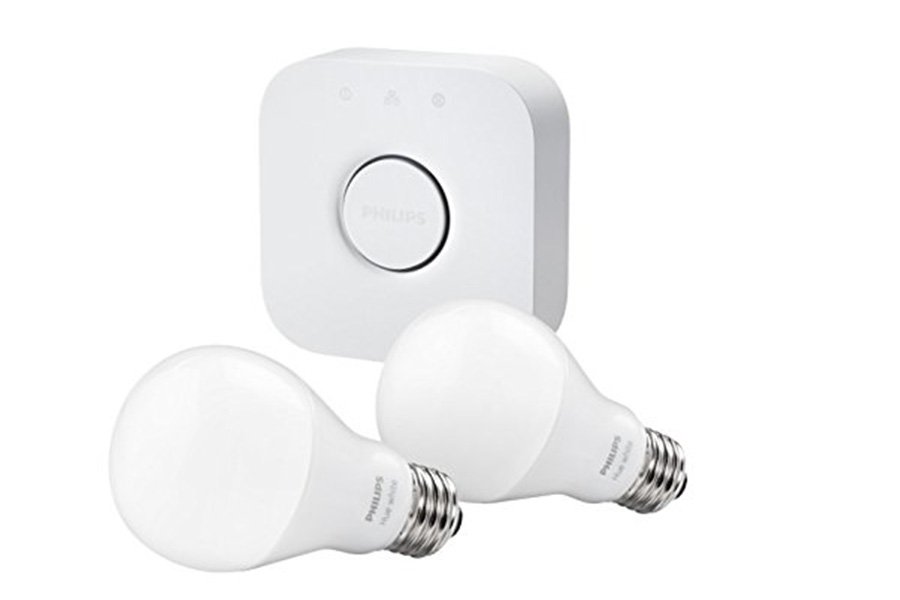 Lights
Lights
No one likes to come home to a dark house. It can be nerve-wracking fumbling around in the dark. You also run into potential security issues if you leave a dark house alone for too long. But the alternative isn’t any better. Leaving lights on while you’re out is wasteful and expensive. That’s where smart lighting comes in. By connecting your lights to the internet, you can control them from anywhere using your smartphone.
The kits aren’t cheap. Getting started costs around $60-$70 for two bulbs and a “bridge” that connects them to your phone. Once you have the bridge, the light bulbs are still more expensive than regular old light bulbs. But they also last a ridiculously long time. At full brightness, the smart bulbs are equivalent to a 60-watt incandescent bulb, and last around 15,000 hours. (Different brands may last longer or shorter.) Philips’s smart lights are also Alexa-compatible, so if you have an Alexa device, you can control the brightness of the lights (and the color, if you have the right bulbs) with your voice. That’s obviously not as important for safety and energy consumption, but it’s still a cool feature to have.
 Thermostat
Thermostat
Heating and cooling your house can be one of the biggest chunks of your utility bills. Think about all the money you could save if you could control your thermostat without being home. Smart thermostats like Nest make it easy for you to change the temperature from work, and then reset it to a comfortable number while on your way home from work. But in this case “smart” means more than just “connected.” Nest can learn you schedule, and adjust to it automatically. It can even learn about your house – how quickly it takes to warm up and cool down. Over time, this can save some major cash.
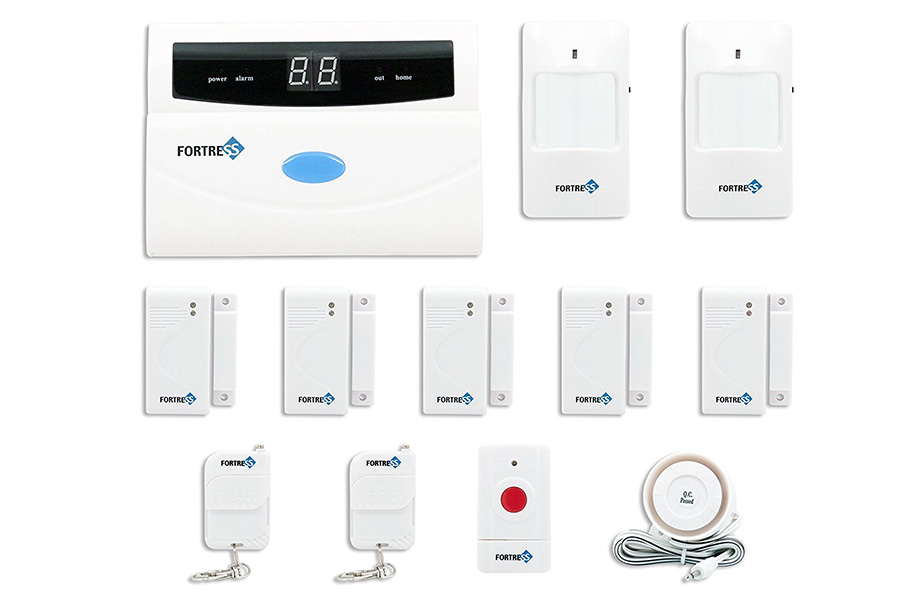 Security System
Security System
Are you worried about your home while you’re away? Rather than installing and subscribing to an expensive security service, you can get a WiFi connected security system for a lower, one-time price. After all, you already pay for internet, right? (At least, we assume you do, if you’re reading this.) So why pay a whole other bill for security when you can let the Internet keep your home safe?
Internet security systems use alarms and cameras that connect to your phone. If you ever want to check up on your pets or house, you can open the app and access a streaming view of your home. Depending on what type of system you want, they’re strikingly affordable. This system from Fortress has a list price of $170, but it routinely goes on sale at Amazon for anywhere from around $100-$125.
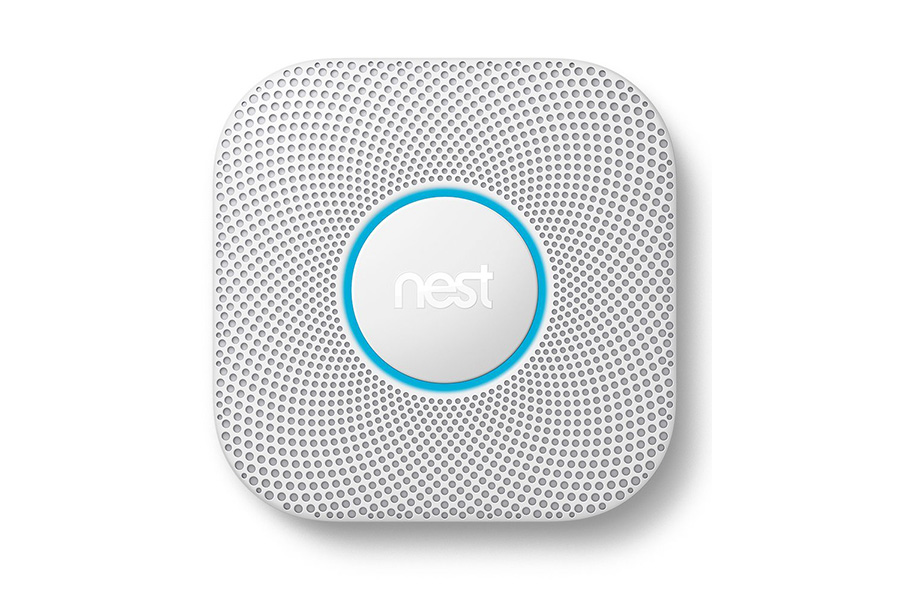 Smoke Detector
Smoke Detector
Classic smoke detectors are a pain. They go off with the slightest bit of smoke, making you hop onto a chair to turn it off while you’re cooking. And while they’re loud, they’re also individual – the smoke alarm in your children’s bedroom isn’t going to go off in your bedroom. And what happens if something in your home catches fire while you’re out? Your smoke alarm can’t help you there. Internet-connected smoke detectors fix all these issues.
Wireless smoke detectors like this one from Nest can detect fires, smoke, and carbon monoxide, and can be placed anywhere throughout the house. When something happens, the device sets off an alarm with voice, and your smartphone will receive an immediate text alert. These internet-connected smoke detectors cost about $110-$120 per device. That’s definitely a chunk of change, but it makes sense for what you get. Sure, you can get a smoke detector pretty cheaply. But is that really a place you want to scrimp? Not to mention that Nest includes a carbon monoxide alarm, which would run you anywhere from $25-$47 or so to buy separately. And sure, other smoke/carbon monoxide combos exist. But they’re $30-$55 a pop, and they can’t text you to let you know your house is on fire.



